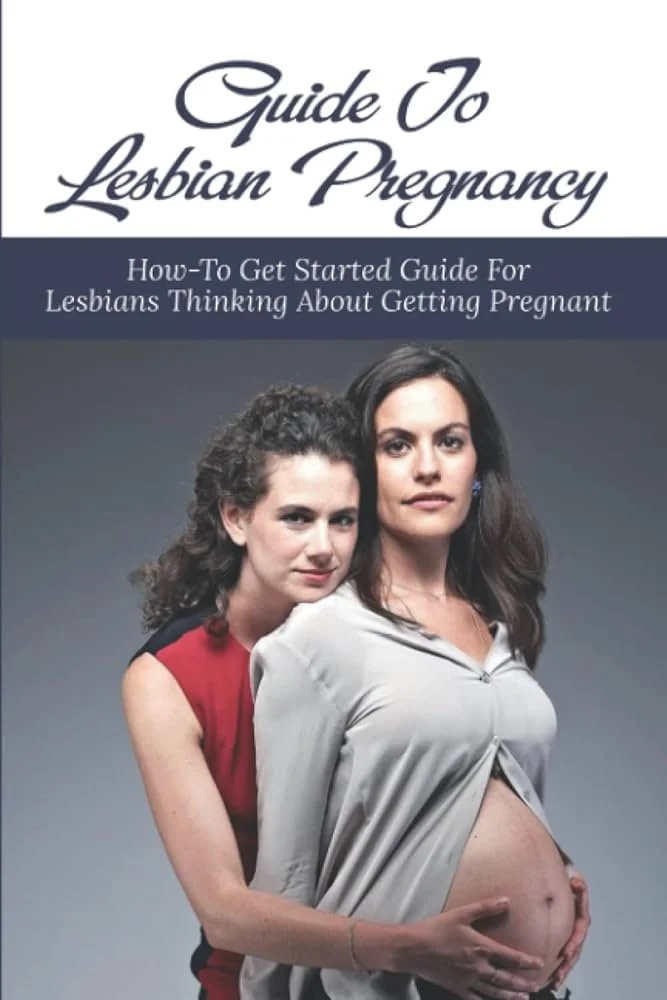We found ourselves in a bustling doctor’s office, passing the time near a fish tank. A girl around the same age as my oldest, Lily (about 6), approached us with her mom in tow.
Before I knew it, this girl leaned in on my youngest, Mia, and went in for an unsolicited hug, a classic move kids often make. As usual, I stepped in right away, gently guiding the girl away from Mia and encouraging her to give some space. “Let’s make sure to respect her personal space,” I said with a smile.
The girl seemed unfazed – kids usually are. To my relief, her mom didn’t seem too rattled either. A moment later, she chimed in with, “She just likes to show love, you know?”
I get it. Kids are naturally affectionate. They often ignore social norms and personal boundaries, which, in theory, is quite lovely. But in reality, it’s a bit more complicated.
Sure, there are obvious concerns, like germs – and let’s be real, we were in a doctor’s office. Is there a place more teeming with germs? I barely want my kids touching the chairs, let alone each other.
But the issue runs deeper. It’s disheartening that we have to teach children about consent before they can even string together a coherent sentence. But the reality is, we must. As a mom raising three little girls, this lesson is crucial.
Even though Mia is too young to voice her discomfort, she deserves respect for her personal space. She isn’t obligated to accept hugs or snuggles from anyone – especially not strangers, just because they think she’s adorable.
And it’s not only Mia who benefits from this lesson; Lily, her older sister, is equally involved. Just because they are sisters doesn’t grant them the right to invade each other’s personal space without consent. I intervene every time.
Let me clarify: we’re a physically affectionate family. We do hugs, snuggles, and kisses aplenty. The goal isn’t to stifle affection but to foster an understanding of proper etiquette around it. If Mia is playing and someone rushes in with a hug while she squirms, that’s not okay. Asking for a hug and receiving one is a different story.
We teach our kids that hugs and kisses aren’t something to be taken without permission. They don’t have to allow anyone into their personal space if they aren’t comfortable – even if the intent is to “show love.”
Real love is about respect; it’s our job to instill that in them. So, don’t be surprised if I gently prevent your child from hugging Mia or pull their hands away from her. If Lily agrees to hug your child goodbye and they squeeze too tightly (as kids often do), I’ll step in to remind them that affection is about mutual respect.
I want my children to feel empowered to avoid uncomfortable situations, not just for politeness but for their own comfort. I also want them to understand they shouldn’t place others in uncomfortable positions either.
If my girls – and every other child – grow up knowing how to honor their feelings and bodies while demanding the respect they deserve, we’ll have succeeded.
For more insights on parenting and home insemination, check out this post on intracervical insemination. Also, for comprehensive support on artificial insemination, visit Make a Mom. And if you’re curious about what to expect during your first IUI, Parents has some great resources.
Summary:
In a world where respect for personal space is vital, teaching children about consent is essential. This post discusses the importance of allowing children to express their comfort levels and the necessity of respecting boundaries, regardless of intent or relationship.
